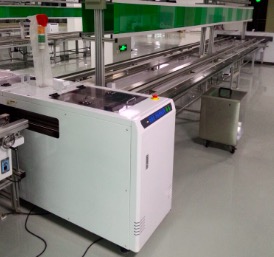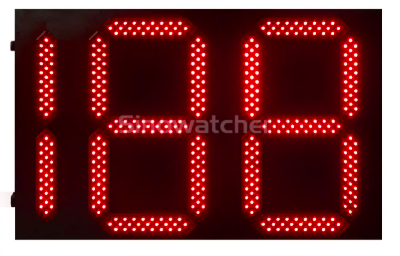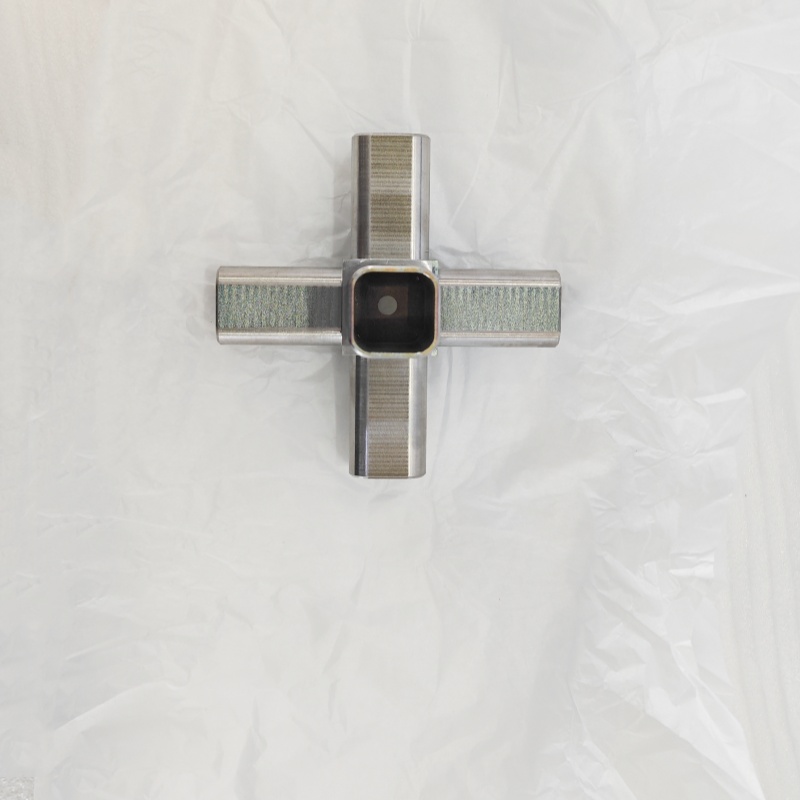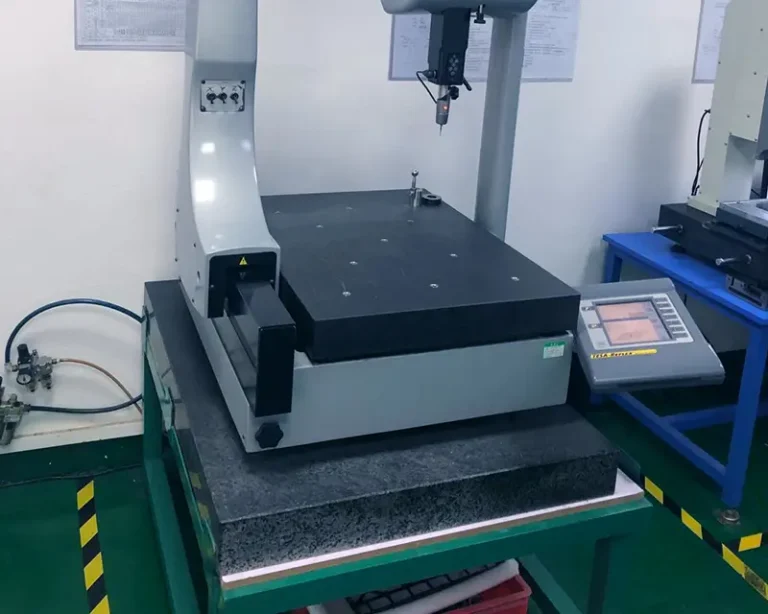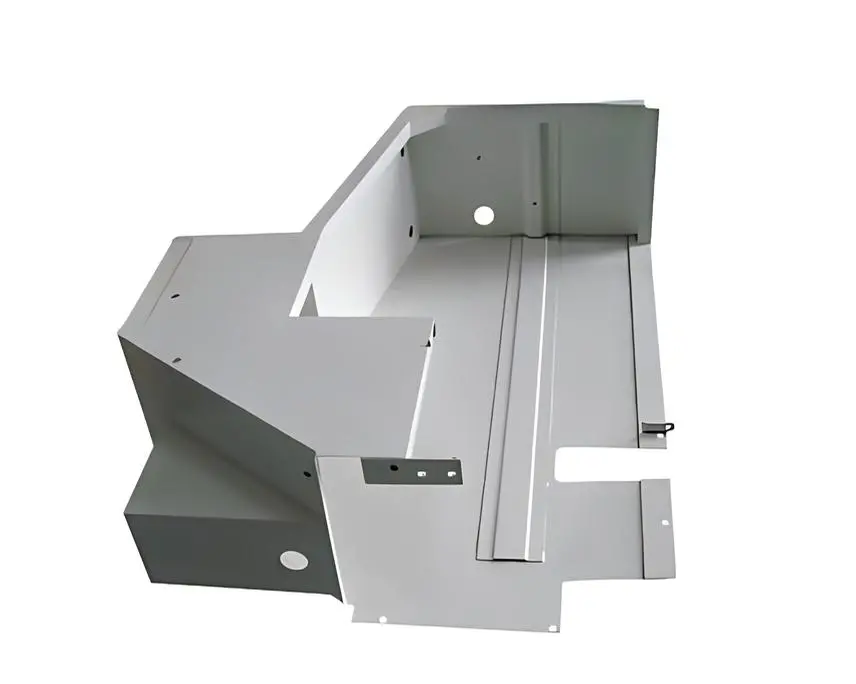目录
Introduction to Glasses-Free 3D Displays
Glasses-free 3D technology, which projects stereoscopic visuals without requiring specialized eyewear, is challenging the dominance of 2D screens in consumer electronics. By utilizing parallax barriers, lenticular lenses, or light-field displays, this innovation delivers depth perception and interactive experiences. With a projected market growth of 19.3% CAGR (2023–2030), as per Grand View Research, the race is on to determine whether this technology can transcend niche applications and redefine mainstream user interfaces.
Technical Advancements in Glasses-Free 3D
- Optical Innovations
Modern glasses-free 3D systems employ advanced optical engineering to optimize viewing angles and resolution. For instance, Sharp’s 8K IGZO LCD panel integrates a 60° viewing cone with 7680×4320 resolution, reducing motion blur by 45% compared to earlier models. Such advancements address historical limitations like the “sweet spot” problem, where only limited angles deliver optimal 3D effects.
- Hardware Cost and Scalability
While early prototypes cost upwards of 10,000 per unit, economies of scale and nano-optics breakthroughs have driven prices down.BOE Technology’s 2024 production line aims to cut costs to $ 800 for 65-inch glasses-free 3D TVs, aligning with premium 2D OLED pricing. However, 4K/3D content still demands 2.5x more processing power than standard 2D media, posing challenges for mobile devices.
Glasses-Free 3D in Consumer Applications
- Smartphones and Tablets
Leia Inc.’s 10.1-inch tablet, featuring a 4K glasses-free 3D display, demonstrated a 30% increase in user engagement during gaming and AR navigation trials. Yet, battery consumption rose by 22%, highlighting trade-offs between immersion and practicality.
- Television and Gaming
Sony’s 2025 prototype TV combines micro-LED arrays with AI-driven eye-tracking to maintain 3D fidelity across wider angles. In gaming, Nintendo’s patent for a glasses-free 3D Switch variant claims to reduce latency to 8ms, critical for real-time interaction.
Challenges Hindering Mass Adoption
- Content Ecosystem Fragmentation
- Production Costs: Creating native 3D content costs 35–50% more than 2D equivalents, per IDC.
- Format Standardization: Competing standards (e.g., MPEG-4 3D vs. AVC-3D) complicate cross-platform compatibility.
- User Adaptation: A 2023 Deloitte survey found 62% of users experienced eye strain after 30 minutes of glasses-free 3D use, versus 18% for 2D screens.
- Market Competition from AR/VR
Meta’s Quest 3 and Apple Vision Pro offer immersive 3D via head-mounted displays, diverting R&D investments. However, glasses-free 3D avoids isolation, making it preferable for collaborative environments like classrooms or boardrooms.
Glasses-Free 3D Beyond Entertainment
- Medical Imaging and Education
Siemens Healthineers’ NAEOTOM 3D CT scanner uses glasses-free 3D screens to render real-time volumetric data, improving diagnostic accuracy by 27%. Similarly, MIT’s holographic anatomy tutorials reduced student error rates by 33% compared to 2D textbooks.
- Retail and Automotive
BMW’s iDrive 9.0 interface integrates a glasses-free 3D dashboard, reducing driver distraction by 15% through depth-aware icons. Luxury brands like Gucci employ 3D window displays to boost foot traffic by 40% in flagship stores.
Future Outlook and Market Projections
While glasses-free 3D screens are unlikely to fully replace 2D displays in the next decade, hybrid models will dominate premium segments. MarketsandMarkets predicts 35% of high-end smartphones will adopt the technology by 2028, driven by AI-enhanced upscaling tools that convert 2D content to 3D in real time.
Conclusion
Glasses-free 3D technology offers transformative potential but faces steep hurdles in content scalability, user comfort, and cost. Strategic partnerships, such as Qualcomm’s collaboration with 3D content studios, will determine its ability to coexist with—or eclipse—2D screens. For now, it remains a complementary innovation, reshaping specific sectors while traditional screens retain their universal appeal.
0